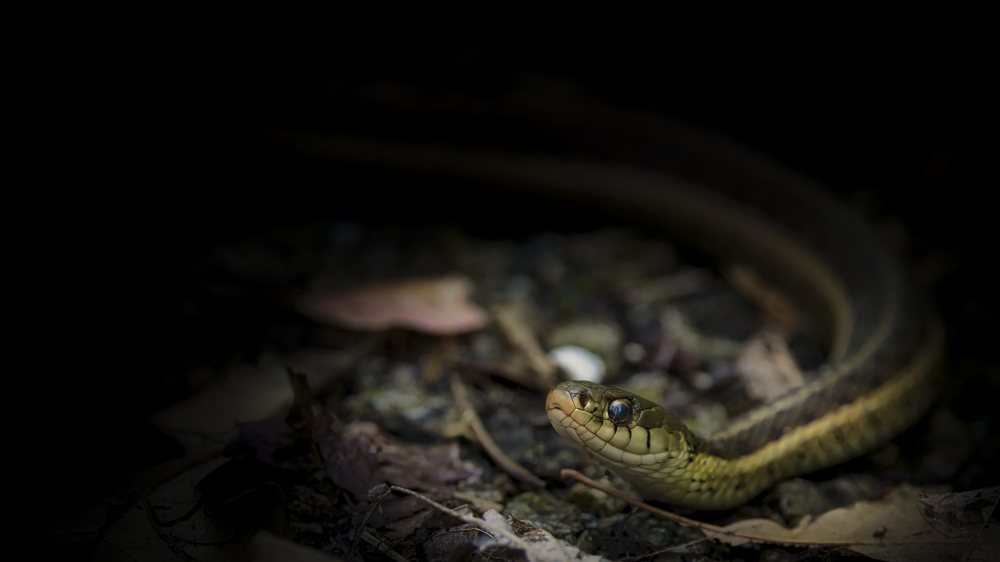
Eastern Bluebird
(Sialia sialis)
The Eastern Bluebird, scientifically known as Sialia sialis, is a small and colorful bird species that is native to eastern North America. Here are some interesting facts about the Eastern Bluebird:
- Appearance: Eastern Bluebirds are medium-sized birds, measuring about 16 to 21 cm (6.3 to 8.3 inches) in length. They have a plump body with a short tail and a wingspan of approximately 25 to 32 cm (9.8 to 12.6 inches). Males have vibrant blue plumage on their upperparts, a rusty-red breast, and a white belly. Females have a more subdued coloration with a bluish-gray back and wings, and their breast is a lighter shade of red or pale orange.
- Distribution: The Eastern Bluebird is found primarily in eastern and central parts of North America, ranging from Canada to the Gulf Coast of the United States. They prefer open habitats with scattered trees, such as meadows, farmlands, orchards, and parklands.
- Nesting and Breeding: Eastern Bluebirds are cavity nesters, meaning they nest in pre-existing holes in trees or man-made structures like nest boxes. They typically lay 3 to 7 pale blue eggs per clutch, which are incubated by the female for about 12 to 14 days. Both the male and female participate in raising the young, which fledge after approximately 17 to 21 days.
- Diet: Eastern Bluebirds primarily feed on insects and other small invertebrates. They hunt by perching on low branches or wires, watching for prey, and then swooping down to catch it in mid-air or from the ground. During the winter months, when insects are less abundant, they may supplement their diet with berries and fruits.
- Conservation Efforts: The Eastern Bluebird faced significant declines in the early 20th century due to habitat loss and competition with non-native bird species, such as European Starlings and House Sparrows, for nesting sites. However, conservation efforts, including the installation of nest boxes, have helped increase their populations in many areas.
- Behavior and Song: Eastern Bluebirds are generally social and often form small flocks outside of the breeding season. Males are known for their melodious and warbling song, which consists of a series of musical phrases. They sing to defend their territory and attract a mate.
- Symbolism: The Eastern Bluebird is regarded as a symbol of happiness, hope, and springtime. Its vibrant blue plumage and cheerful song make it a beloved bird among birdwatchers and nature enthusiasts.
Observing Eastern Bluebirds in their natural habitat can be a rewarding experience, and many bird lovers create and maintain bluebird trails by providing nest boxes to support their conservation.
